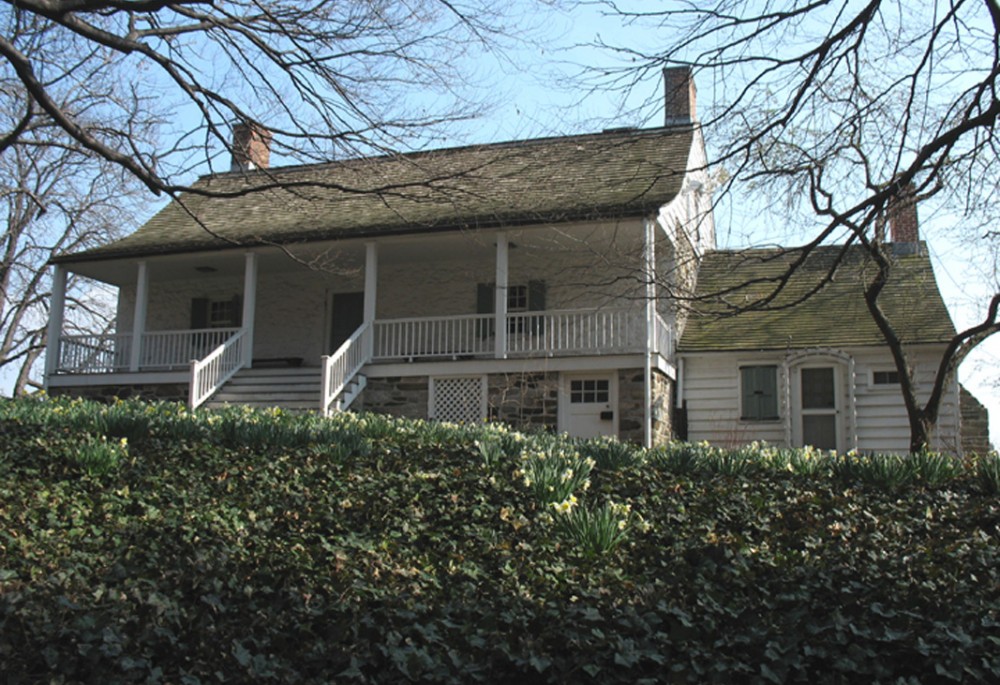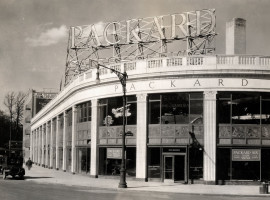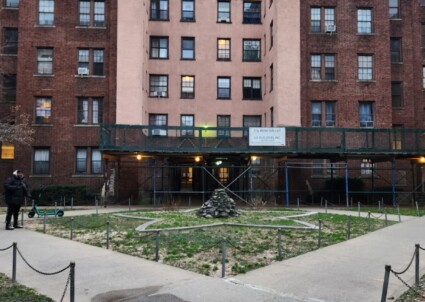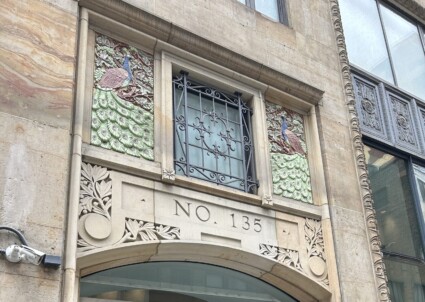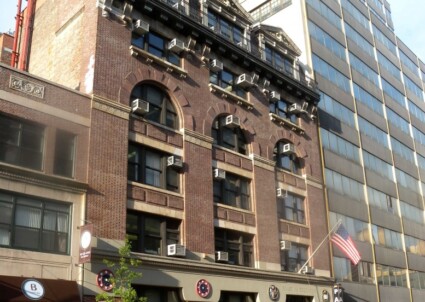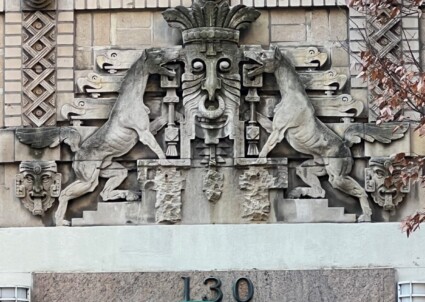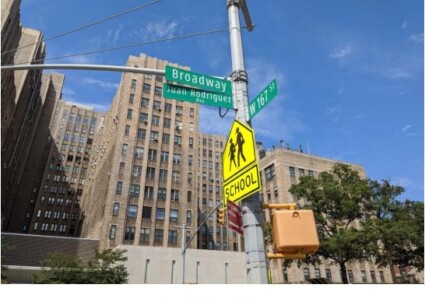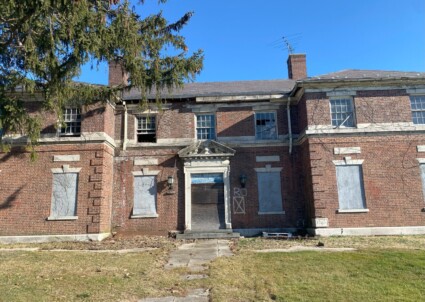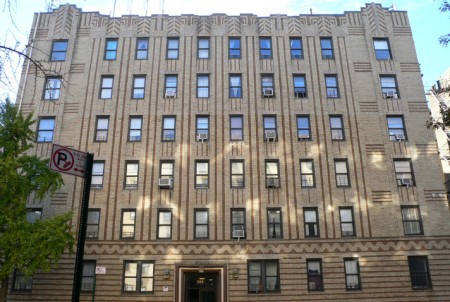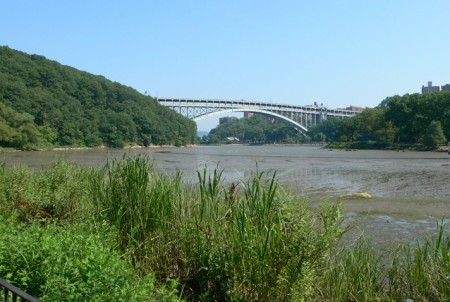Inwood, Manhattan
Inwood is situated at the top of Manhattan Island which is formed by the confluence the Hudson and Harlem Rivers at the Spuyten Duyvil. It begins as a valley to the south, roughly at Dyckman Street and Riverside Drive along the base of the Fort Tryon Park hill. The area is historically, architecturally and environmentally unique — almost half of the land is public park space that preserves the natural terrain and geological features of the island, as opposed to the designed landscapes of many parks in New York City. Inwood is unique in that its pattern of development and architecture was created in relation to the original landscape of Manhattan Island.
In 1906, the extension of the IRT transit lines to Dyckman Street, where the first mass-transit station in the area opened, resulted in the rapid development of six- and seven-story apartment houses on land purchased from existing farms and private estates. Working-class immigrants of varied cultural origins, seeking better living conditions than
those of cramped tenements downtown, moved to Inwood to reside in new spacious, more affordable, Neo-Classical, Italianate and Tudor Revival style apartments.
As the pace of development continued, the concept of creating city parkland in order to preserve the natural beauty of the landscape and to provide open space for new residents was quietly put into action. In 1911, Julia Isham Taylor donated land from her family’s estate to create Isham Park, and spurred by her gift in 1916, the city finalized the purchase of adjacent land to the west for Inwood Hill Park.
New apartment houses were designed, named, and advertised in reference to the new parks. Around the time of the construction of the IND transit lines along Broadway in Inwood during the 1920s, a group of distinctive Art Deco style apartments were built in the blocks around that historic transportation corridor.
Today, Inwood remains characterized by early-20th-century apartment residences built in relation to the preserved landscape of its public parks to the west and south. An industrial area, serving the transportation, sanitation, and utility infrastructure of New York City, occupies a large portion of its eastern edge. Four historic bridges span the rivers along the surrounding waterfront. And, although resident populations have often changed in Inwood, from migrating Native Americans to the immigrant populations of the 20th and 21st centuries, the built environment has changed little since the period of rapid development after the turn of the 20th century, yielding surprisingly rich architectural discoveries.
